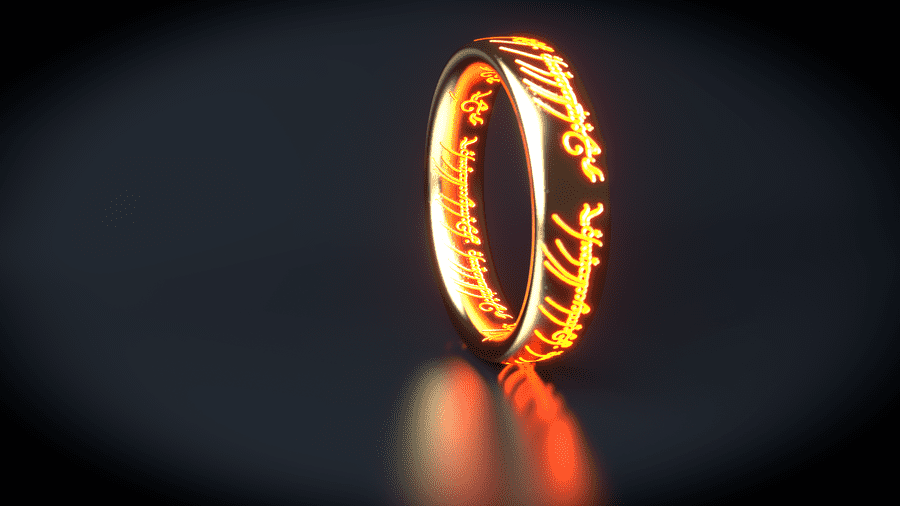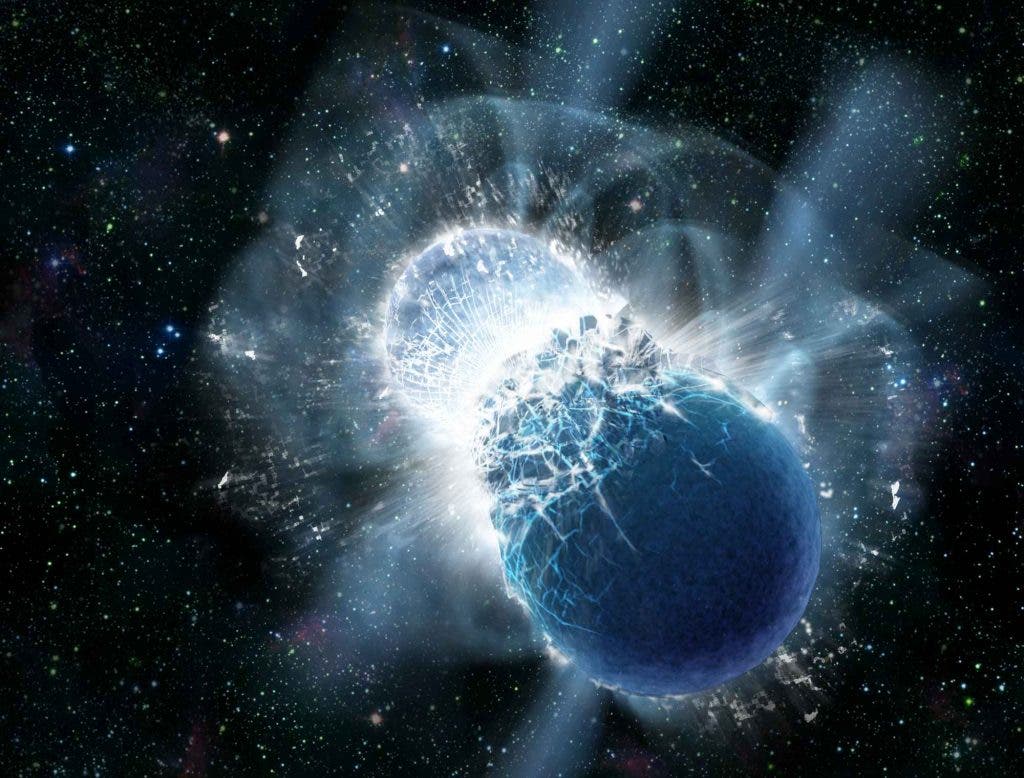For thousands of years gold has been the embodiment of wealth. Its chemical stability and scarcity make it ideal for coinage. In the USA, the link between gold and currency has only been weakened in 1933 when the gold standard fell out of use, and was fully separated from the dollar in 1971. While currently no country uses the gold standard any longer, money deriving its value from government regulation or law (called fiat currency), for much of human history gold has been the basis of most economic structures: everything had a corresponding value relative to the metal.
It is found in economy as a carrier of value, in art as a symbol of grandeur and in social interactions as a sign of high status. Religions across the globe reinforce this key place for gold, using it either literally – in contexts linked with divinity – or metaphorically, as mark of purity. But for the central role it played in human society, we know surprisingly little about how gold came into being. Research by the Harvard-Smithsonian Center for Astrophysics (CfA) may help us better understand the processes which create this soft, shiny and precious metal.

Gold rules the world. Powerful dark magic helps too.
Image credit to vincentxyooj, via: deviantart.com
While we’ve previously wrote on the importance and creation of gold here, research based on recent observations of a nearby gamma-ray burst, GRB 130603B, helps to explain how gold and silver atoms are created.
These bursts are flashes of high-energy light (gamma rays), associated with explosions. Researchers believe that the immense energy released in the GRB 130603B event resulted from the collision of two neutron stars–deceased cores of stars that have exhausted their fuel and exploded. Gamma-ray bursts come in two varieties – long and short – depending on how long the flash of gamma rays lasts. GRB 130603B, detected by NASA’s Swift satellite on June 3rd, lasted for less than two-tenths of a second, followed by a glow dominated by infrared light that radiated from the area for several days after the explosion, exhibiting unusual behavior.
Its brightness and behavior didn’t match a typical ‘afterglow,’ which is created when a high-speed jet of particles slams into the surrounding environment. Instead, the glow behaved like it came from exotic radioactive elements. The neutron-rich material ejected by colliding neutron stars can generate such elements, which then undergo radioactive decay, emitting a glow that’s dominated by infrared light – exactly what the team observed.
“We’ve been looking for a ‘smoking gun’ to link a short gamma-ray burst with a neutron star collision. The radioactive glow from GRB 130603B may be that smoking gun,” explains Wen-fai Fong, a graduate student at the CfA and a co-author of the paper.

In this high-energy event, two neutron stars collide. Scientists believe the glowing aftermath is the origin of elements such as gold.
Image via: popsci.com
The team believes that significant quantities of gold and other heavy elements were created and released in that area during the collision.
“We estimate that the amount of gold produced and ejected during the merger of the two neutron stars may be as large as 10 moon masses–quite a lot of bling!” lead author Edo Berger said in a statement.
“To paraphrase Carl Sagan, we are all star stuff, and our jewelry is colliding-star stuff,” says Berger.
As gamma-ray burst events are quite frequent, Berger and his colleagues hypothesize that all the gold in our universe could have been created this way.
The team’s results have been submitted for publication in The Astrophysical Journal Letters and are available online. Berger’s co-authors are Wen-fai Fong and Ryan Chornock, both of the CfA.









